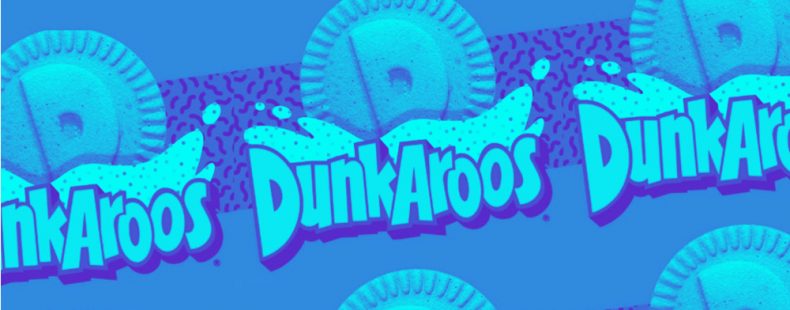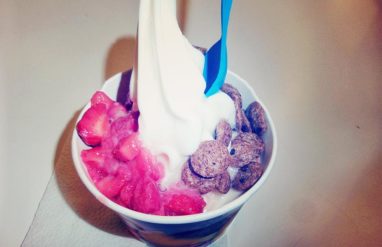The last decade of the 20th century is memorable for oh-so-many reasons. The 1990s were filled with Y2K doomsday predictions, Bill Clinton’s scandalous relations, and grunge galore. “The Rachel” haircut was hot, the O.J. Simpson trial had us mesmerized, and The Gulf War was waged.
As we watched the events of the 1990s unfurl, we chowed down on some pretty memorable snack foods, too. Organic wasn’t “in,” and besides, there were too many fantastic junk foods to devour instead. It was the era when SnackWell cookies were considered healthy, and many days started out with a bowl of Oreo O’s and a glass of Sunny D.
Here we take a look back at some of the most scrumptious snack foods of the 1990s and the meaning behind some of their delectable-sounding names. See how many you ate … and may still be eating.






















